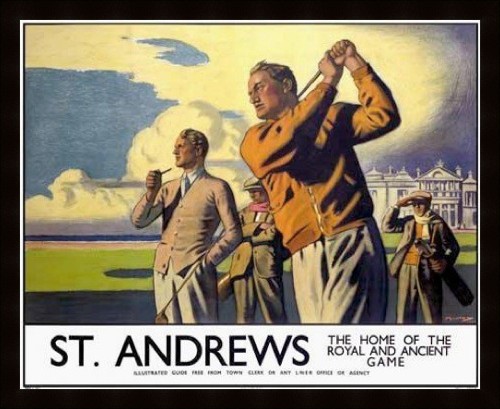The golf course is an inherently unique piece of land. It is an active sports art installation, where people take a very light load of tools and play an adventure across the space. Each adventure and experience of the space is unique. The greatest player in the world will have good and bad experiences of the land from one round to another. There will be favourite places and others that always trip them up. Similarly, there will always be places that a poor player suddenly finds their mojo. They won’t know why but that one space may be what brings them back to the course over and over again.
In the modern economy many courses and club owners have suffered. But in the main these are huge areas of land that are open to a few lucky people and the challenge is to make the land and its assets work for the owners – not just when they open their gates, doors and fairways, but for the long term. Part of the art of creating and running a good golf course is to the idea of making it future proof. Most people may think that it is impossible to future proof a golf course and inevitably too expensive.
The Old Course at St Andrews is future proofed.
‘The oldest and most iconic golf course in the world. The Swilcan Bridge and Hell Bunker are recognized across the globe, yet the greatest feature of the Old Course is that despite its grand status it remains a public golf course, open to all.’
ref: http://www.standrews.org.uk/Play/Courses/Old-Course/
Over the years there have been various cosmetic changes to the holes but the basics of the iconic parts have largely stayed in tact over the centuries. The future proofing of the course is mainly down to the history that has been created around it and the legends of the thousands of people who has had good, bad and indifferent experiences of playing it. Whatever it is, the fact is that most people that have played it, however well or badly they did, will tick it off their bucket list.
The point is that not a lot has to change around a good golf course over the years but the legend of the course has to grow in the telling, and that process has to be managed. The problem is that many people just don’t know how to grow that legend and how that simple process of story telling and related story telling can actually future proof the course and the business that surrounds it.
A successful golf club inevitably comes down to the stories and myths that can be created around them. The human condition is that it wants to be part of a great story, live part of the myth, say they have done something that perhaps ‘walks in the footsteps of greatness,’ which is why the Old Course in St Andrews is such a bucket list attractions. But, there are numerous lessons that can be learnt from this type of fabled arena that every golf club can learn from.
It may be difficult to look out the window on a sodden, rain soaked day at a regional course and think how those acres can relate to the greatness of the Old Course. It’s about getting the area history books out and becoming a detective – even if the club is a new one, the land will hold many interesting secrets over the centuries before.
If the land and surrounding area are rich in history then you have a good canvas with which to start the exercise of creating historical credence to bolster the stories behind your club. If the land has no particular history then the exercise is in using the architect’s vision of the course, your members experiences of the course and any professional tie in or opinion that would attract players to come and experience it.
When members and guests meet their friends and colleagues, they will inevitably be your best ambassadors for the stories that create the legends and myths about your club. That is why such careful and consistent story telling, collation and editing is essential in growing the reputation of a good golf course and club. There is an inevitable inclination to detach from members once they have joined a club, because you are giving them their own space, privacy etc. But, there is a degree of thought that needs to go in to thinking about a member of guest at a club as having a discreet space to have a private time in and the fact that it is them who have joined up to the philosophy of the space that the club has provided them with.
Once they sign up to this philosophy they are buying into the idea of being approachable, in our minds, as an ambassador for all the things that are good about the club and the course. Yes, there will be some members who simply want to have anonymity throughout their allegiance with a club, but for every one of those there will be two who would, with the right care, help grow the legend of the club, simply by relating their experiences in a positive light. This is the cheapest and most effective way of growing the club’s reputation.
For consultancy and brand development please contact us in the form below. Alternatively, contact us via telephone on +44 (0) 1283 769 277, mentioning the EGCOA referral.
A donation from any branding commission goes back to helping the EGCOA create more helpful services for its members.






